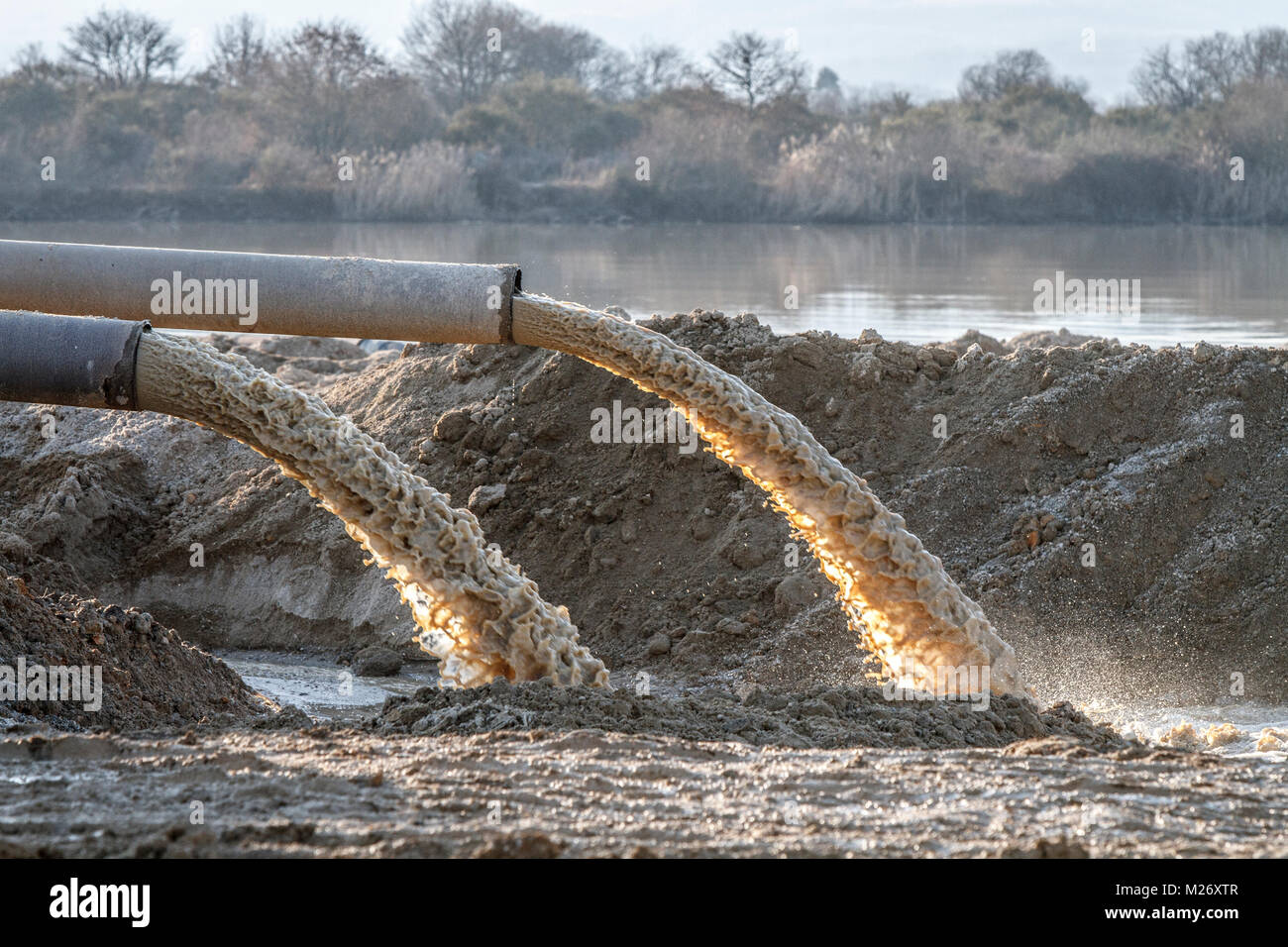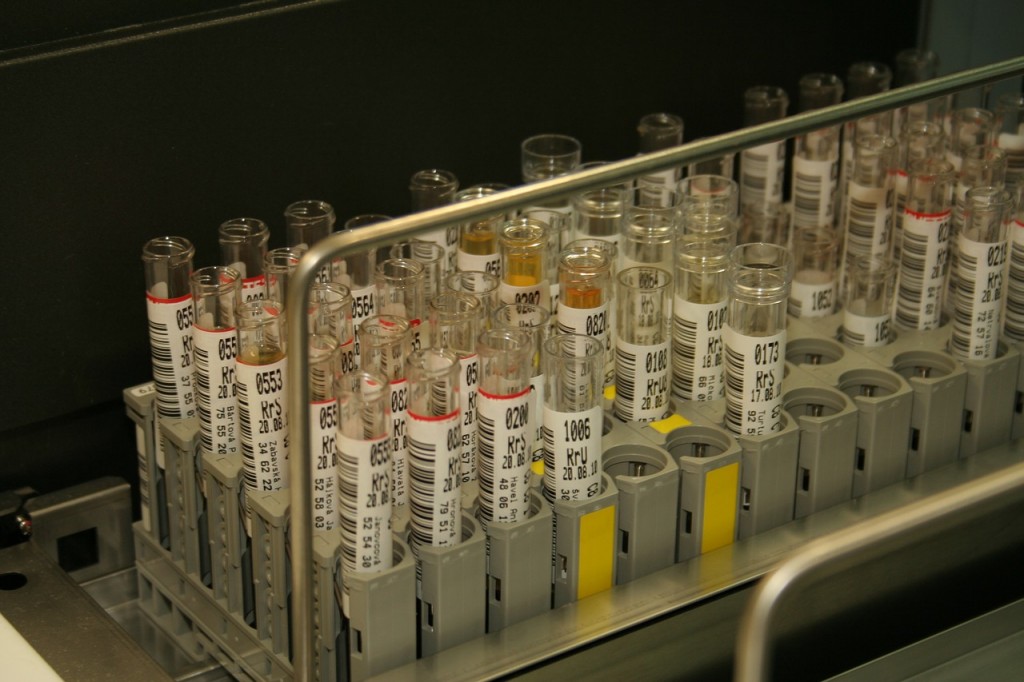Comprehensive Liquid Waste Disposal: Solutions for Homes and Businesses
Comprehensive Liquid Waste Disposal: Solutions for Homes and Businesses
Blog Article
Just How Fluid Waste Disposal Functions: A Thorough Review of Strategies and Technologies Utilized

Overview of Liquid Waste Types
The intricacy of fluid waste kinds demands an extensive understanding of their attributes and ramifications for disposal. Fluid waste can generally be classified into several types, consisting of commercial, metropolitan, farming, and contaminated materials. Each classification displays distinctive properties, calling for details monitoring methods to alleviate ecological and health and wellness dangers.
Industrial liquid waste stems from making procedures and usually has a variety of contaminants, such as hefty steels, solvents, and natural compounds. Municipal fluid waste, mainly comprising wastewater from homes and commercial establishments, includes natural issue, nutrients, and pathogens (industrial wastewater treatment). Agricultural liquid waste, including overflow from ranches, might consist of fertilizers, chemicals, and animal waste, posing dangers to water high quality and environments
Dangerous fluid waste is defined by its poisoning, reactivity, or possible to cause injury. This classification consists of substances like acids, bases, and specific chemicals that require stringent handling and disposal methods. Understanding these varied fluid waste types is essential for creating effective disposal approaches and making certain conformity with environmental guidelines. Correct classification and characterization are crucial for implementing proper treatment methods and decreasing the unfavorable influence on public wellness and the atmosphere.
Physical Treatment Techniques

Screening is the first action, where larger particles and debris are removed from the liquid waste utilizing screens or grates. In sedimentation containers, much heavier bits work out at the base, developing a sludge layer, while the clarified fluid can be additional dealt with.
Filtering is another important approach that includes passing the fluid with porous products, such as sand or membranes, to record smaller particles. This action improves the quality of the fluid, making it suitable for succeeding therapy procedures.

Chemical Treatment Techniques
Chemical therapy methods are important for properly handling fluid waste, specifically in attending to dissolved and colloidal contaminants that physical techniques might not effectively remove. These methods utilize different chemical agents to neutralize, precipitate, or transform dangerous compounds right into less unsafe forms.
One usual approach is coagulation and flocculation, where chemicals such as alum or ferric chloride are included in advertise the gathering of suspended bits. This procedure boosts sedimentation, permitting less complicated removal of the resulting sludge. Furthermore, oxidation procedures, using representatives like chlorine or ozone, are utilized to damage down complex organic compounds and microorganisms, providing the waste safer for discharge or further therapy.
Neutralization is visit one more essential technique, which adjusts the pH of acidic or alkaline waste streams to neutral levels, protecting against potential damage to downstream systems and the atmosphere. Moreover, progressed oxidation procedures (AOPs) make use of mixes of oxidants and ultraviolet light to degrade persistent pollutants, accomplishing a higher degree of treatment efficiency.
Biological Treatment Procedures
Biological treatment processes play a critical duty in the monitoring of fluid waste by making use of microorganisms to decompose natural issue and reduce contaminant levels. These procedures can be broadly categorized into aerobic and anaerobic treatments, each utilizing specific microbial communities to achieve efficient waste degradation.
Cardio therapy entails making use of oxygen to help with the break down of organic products by germs. This procedure is generally implemented in activated sludge systems, Home Page where oygenation containers supply a helpful atmosphere for microbial growth, resulting in the oxidation of natural contaminants. The resultant biomass can be separated from treated effluent with sedimentation.
In comparison, anaerobic treatment takes place in the lack of oxygen, relying upon various bacteria to damage down raw material. This approach is especially useful for high-strength waste, as it creates biogas, a renewable resource source, while minimizing sludge production. Technologies such as anaerobic digesters are often utilized in commercial and local applications.
Both cardiovascular and anaerobic biological treatments not just reduce the environmental impact of fluid waste yet additionally facilitate resource recovery, making them essential components of lasting waste administration approaches. Their effectiveness, versatility, and effectiveness support their widespread application throughout numerous markets.
Arising Technologies in Disposal
Innovative techniques to fluid waste disposal are swiftly progressing, driven by advancements in technology and a boosting focus on sustainability. Among these arising technologies, membrane layer bioreactors (MBRs) have gained grip for their capability to incorporate biological therapy with membrane filtration, causing high-grade effluent that can be reused in numerous applications. MBRs make it possible for smaller footprints and a lot more efficient operations compared to conventional systems.
One more promising growth is making use of anaerobic food digestion combined with nutrient healing innovations, which not just deals with liquid waste but likewise generates biogas and recuperates important nutrients like nitrogen and phosphorus. This dual benefit improves source performance and lowers ecological influence.
Additionally, progressed oxidation procedures (AOPs) are being embraced for the destruction of intricate natural toxins. These techniques utilize effective oxidants and drivers to damage down contaminants at the molecular degree, supplying an extremely efficient service for challenging waste streams.
Additionally, the integration of expert system and device learning in waste management systems is enhancing operational Your Domain Name performance and anticipating upkeep, resulting in lowered prices and enhanced ecological conformity. These technologies reflect a significant change in the direction of more sustainable and efficient fluid waste disposal practices.
Final Thought
In conclusion, effective liquid garbage disposal necessitates a thorough understanding of numerous methods and innovations. The combination of physical, chemical, and organic therapy techniques ensures the effective management of diverse waste kinds. Moreover, the introduction of ingenious innovations boosts therapy efficacy and advertises sustainability in waste management methods. By continually progressing these methodologies, it comes to be possible to address the growing obstacles related to liquid waste, eventually adding to environmental security and resource recuperation.
Liquid waste disposal is a crucial element of ecological management, needing an extensive understanding of different methods and technologies tailored to different waste kinds. Liquid waste can generally be classified right into numerous kinds, including industrial, metropolitan, farming, and harmful waste. Agricultural liquid waste, consisting of runoff from farms, might include fertilizers, pesticides, and pet waste, positioning threats to water top quality and environments.
Various physical therapy approaches play a vital role in handling liquid waste effectively - industrial wastewater treatment.In verdict, reliable liquid waste disposal requires a detailed understanding of various strategies and technologies
Report this page